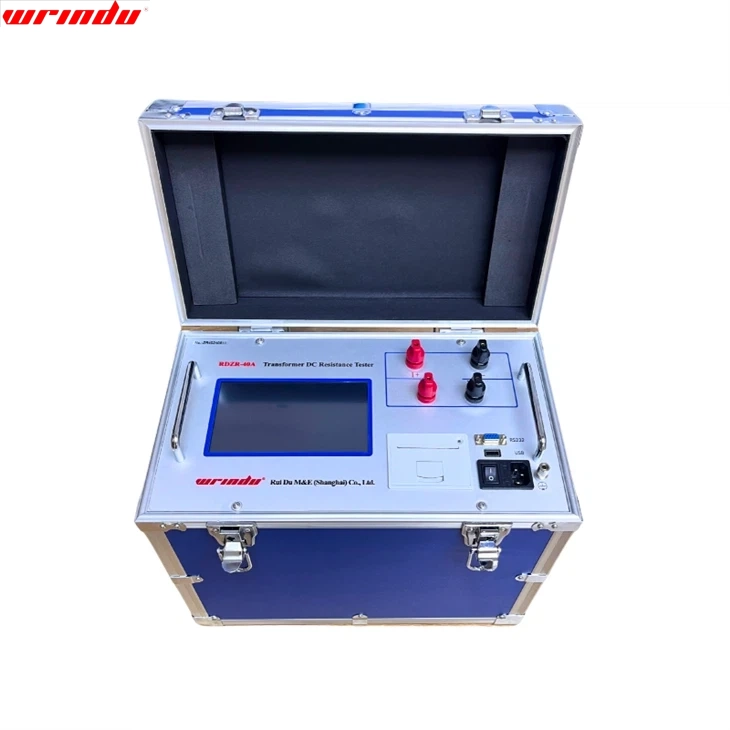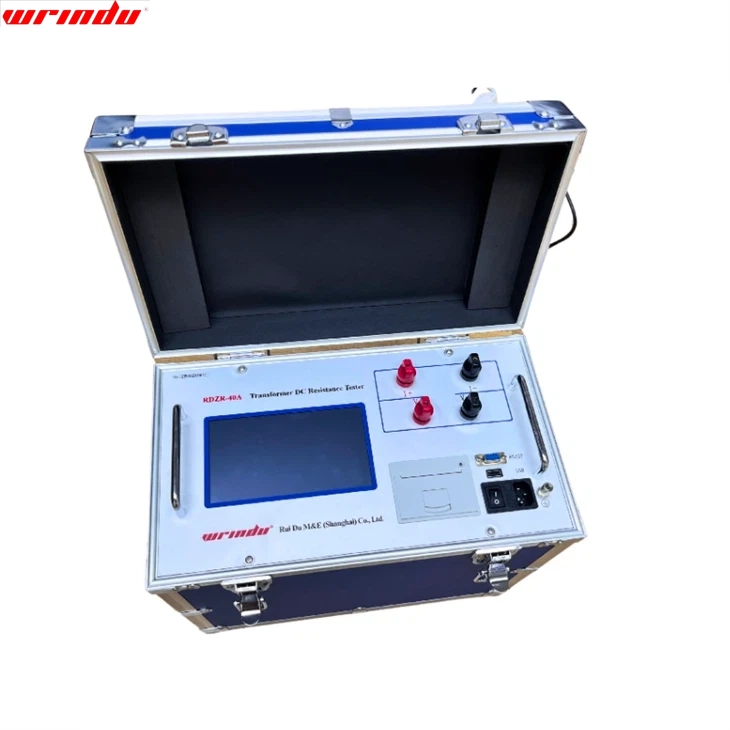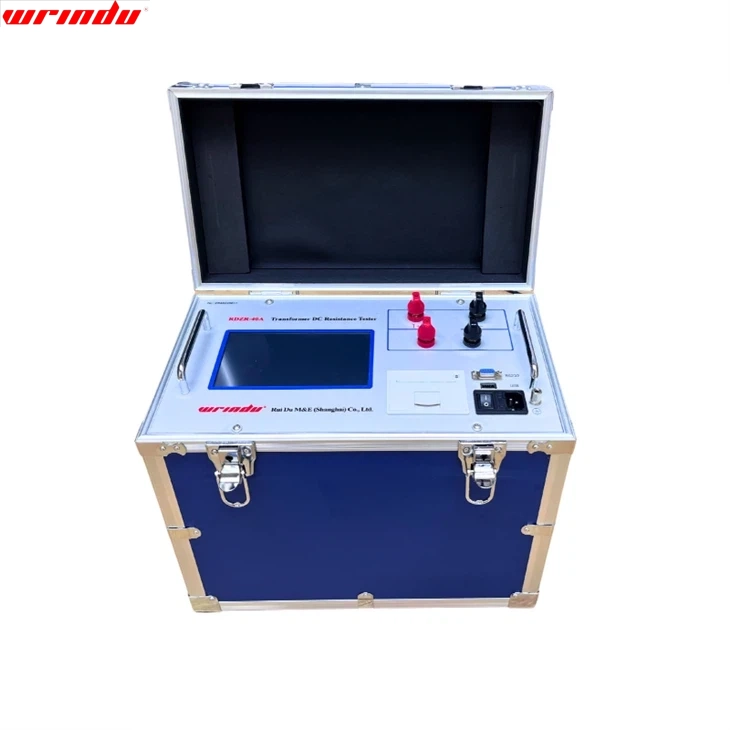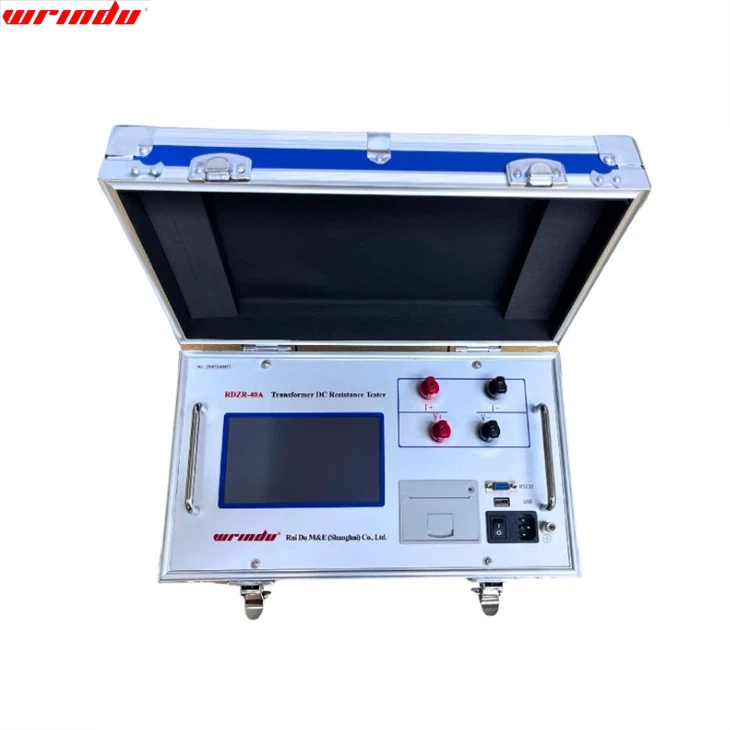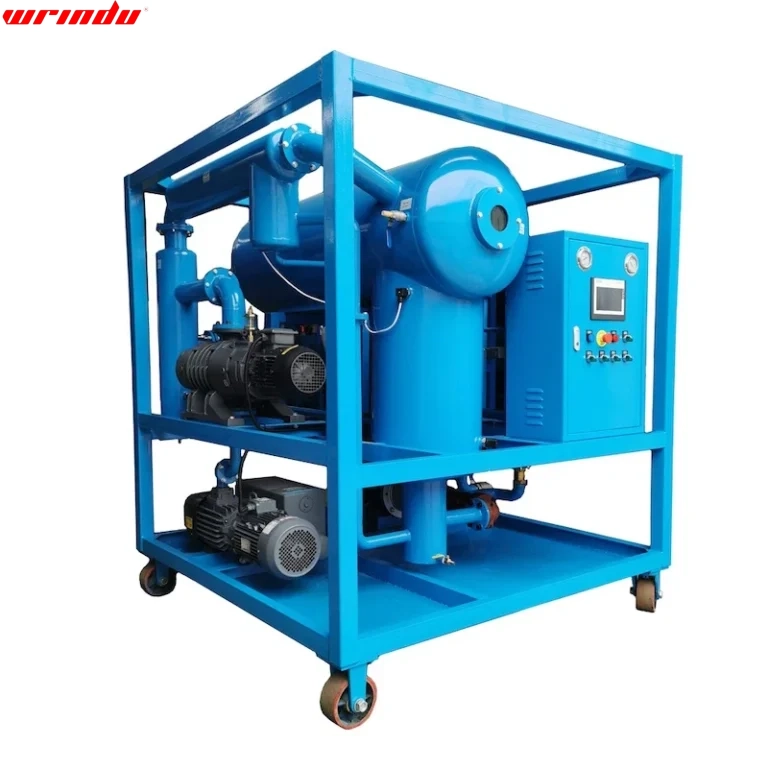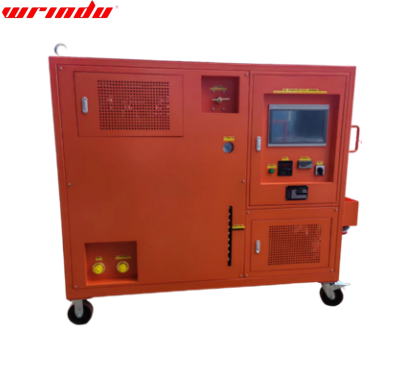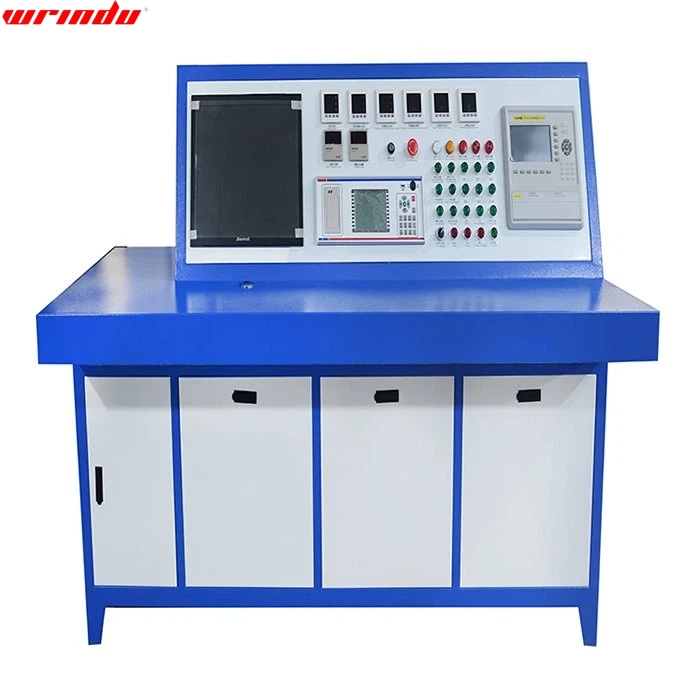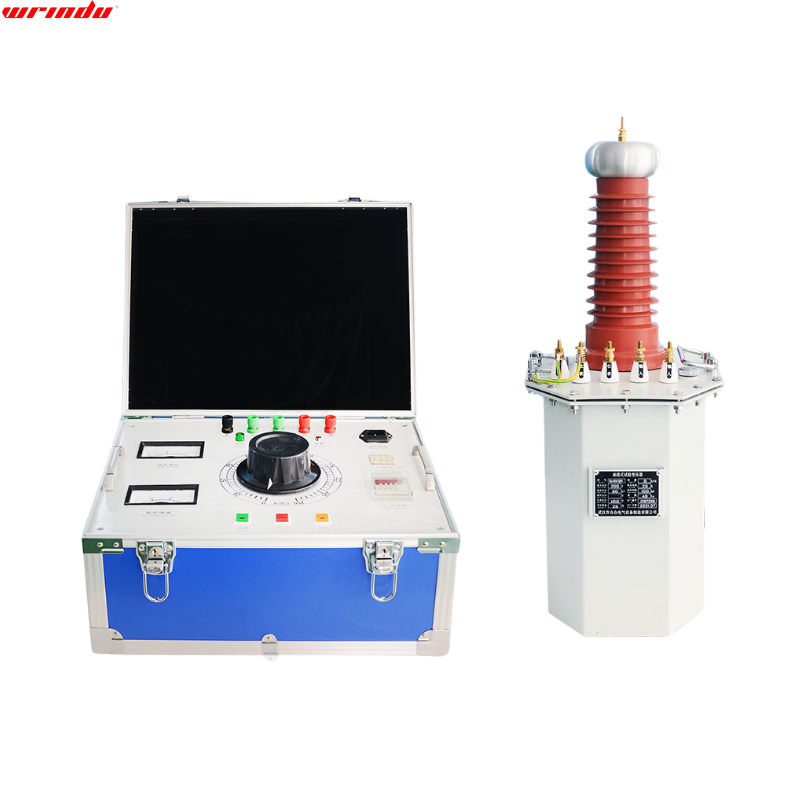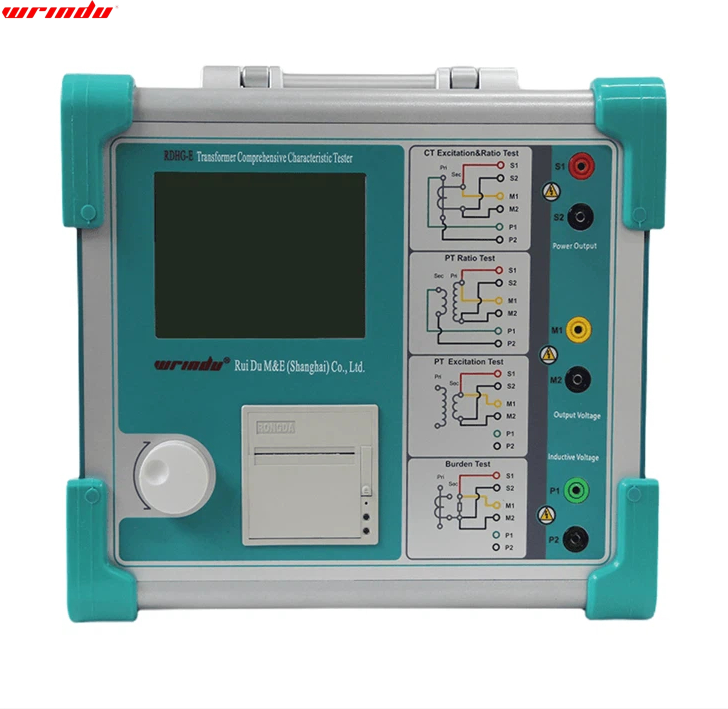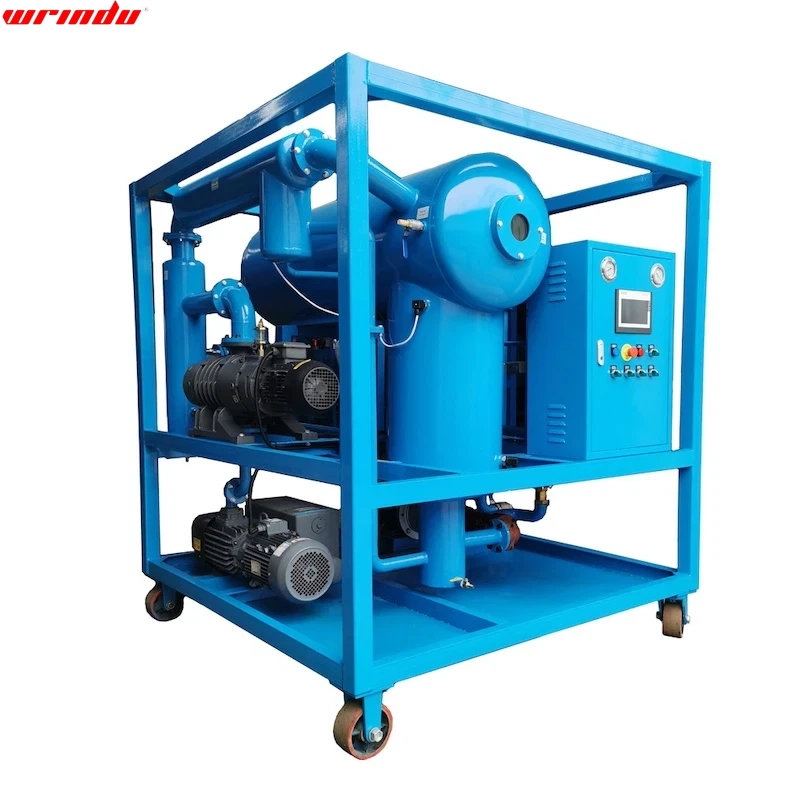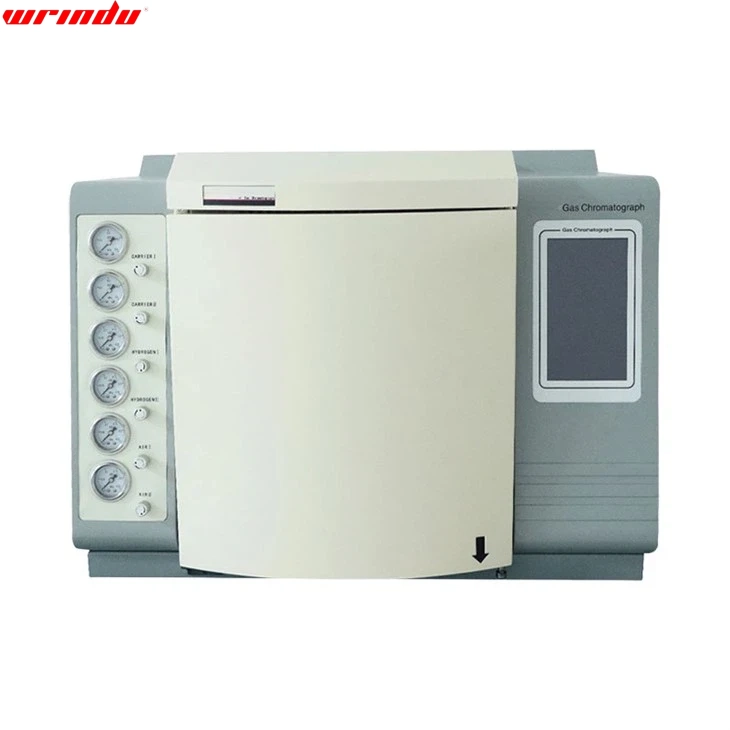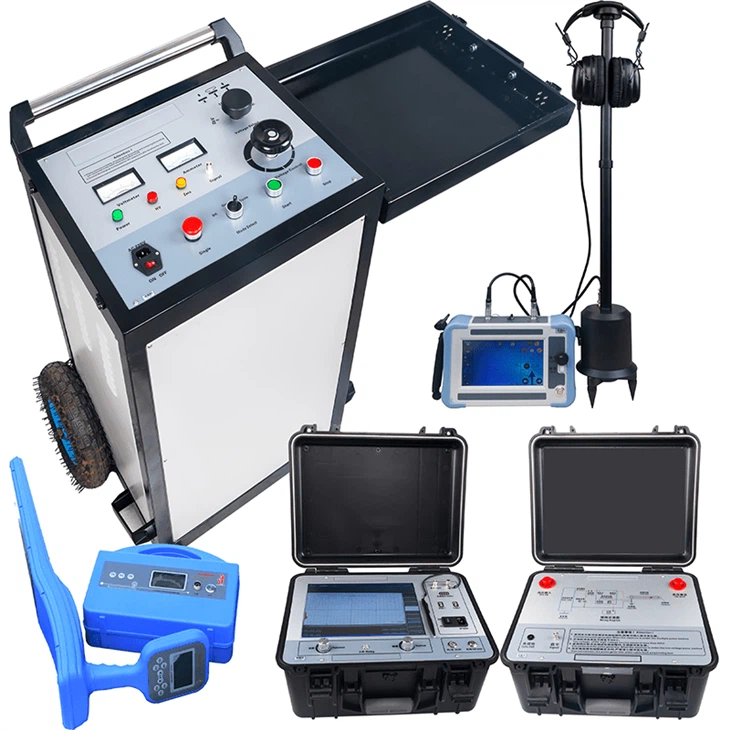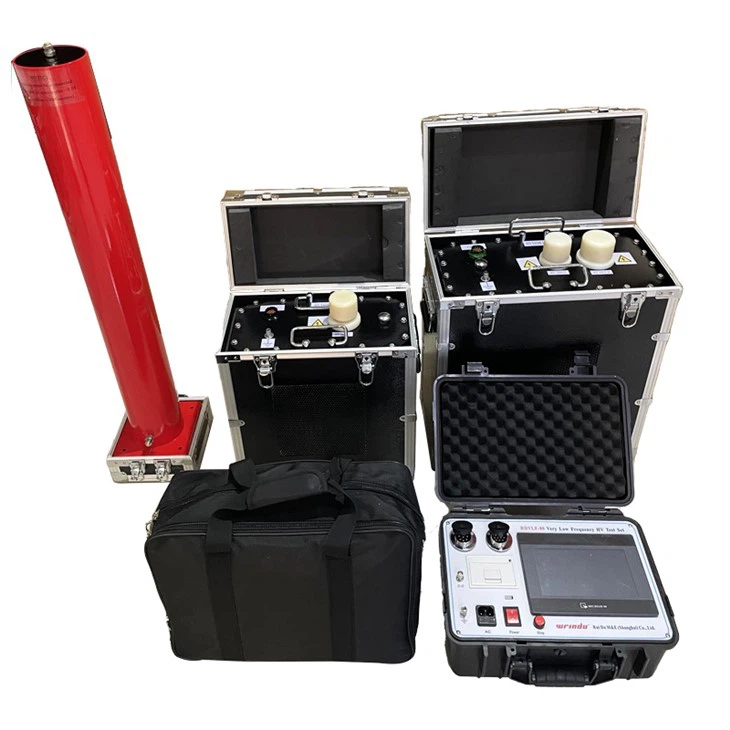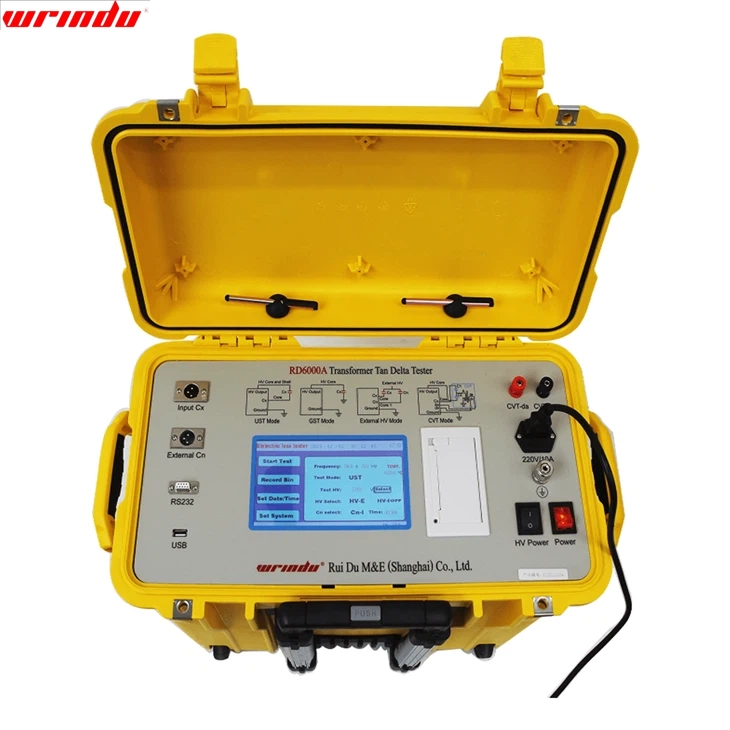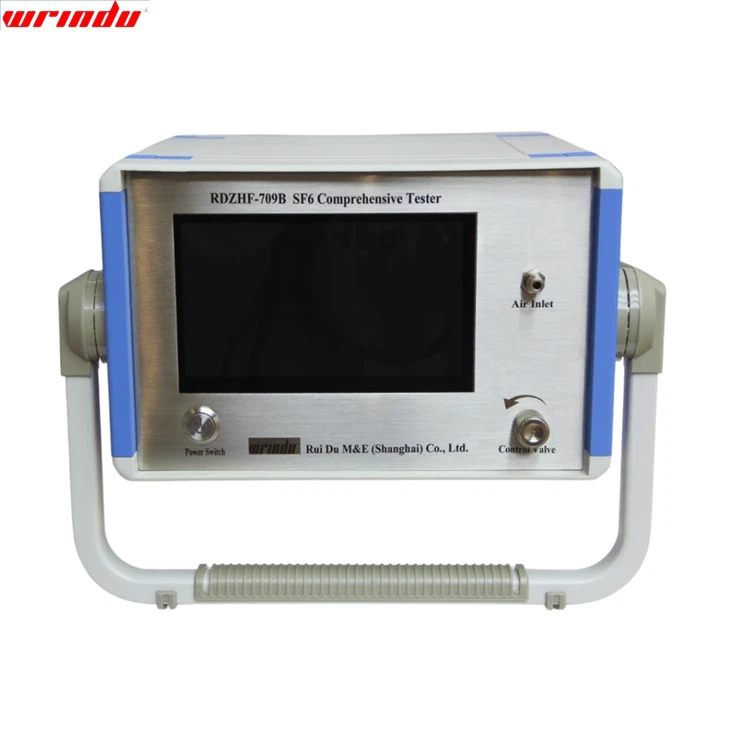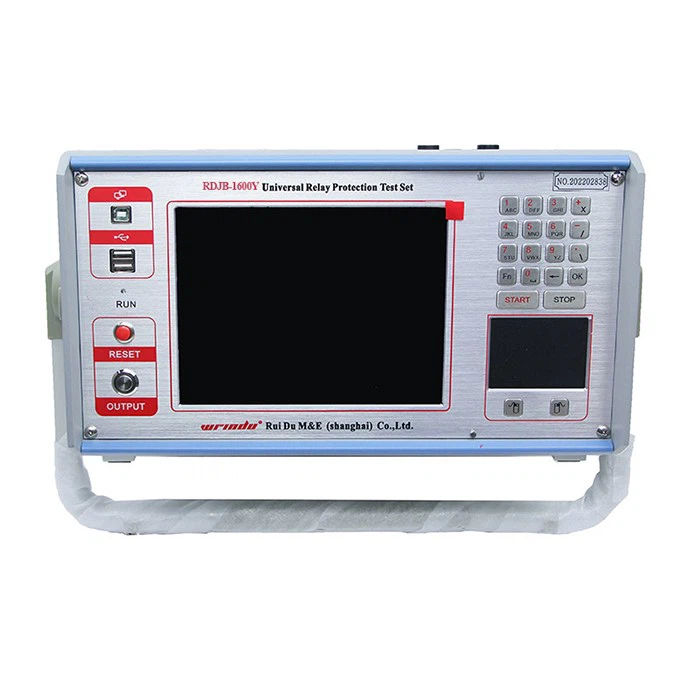OVERVIEW
- The transformer winding resistance test is an indispensable and essential item in the manufacturing process of transformers, in the factory inspection of semi-finished and finished products, before the commissioning of a newly installed transformer, after overhaul, after changing the tap changer, as well as in the handover test and preventive test. It can effectively check the welding quality of the winding joints, determine whether there is a turn-to-turn short-circuit in the windings, and at the same time, detect the contact condition of the voltage tap-changer in each position and whether the actual position is in line with the indicated position. In addition, it can also find out whether the lead wire is broken or not and whether there is any broken strand when multi-stranded cables are wound together.
- To meet the demand for rapid measurement of transformer winding resistance, our company has developed an ideal transformer winding resistance meter. The instrument utilizes a new power supply technology characterized by small size, lightweight, high output current, good repeatability, strong anti-interference ability and perfect protection functions. The whole machine is controlled by a high-speed microcontroller with a high degree of automation, equipped with automatic discharge and discharge alarm functions. With its high-precision testing performance and easy operation, the instrument can significantly improve the efficiency and convenience of transformer winding resistance testing.
CHARACTERISTIC
- 1. Adopting high-speed microcontroller control, a high degree of automation, and simple and convenient operation.
- 2. It is suitable for winding resistance tests of large and medium-sized transformers. Our ideal transformer winding resistance meter has advanced power supply technology, which supports multi-step current output and a wide measuring range.
- 3. A perfect protection function effectively prevents the impact of reverse potential on the instrument, ensuring stable and reliable performance.
- 4. Sound discharge alarm function and clear discharge indication effectively reduce the risk of misoperation.
- 5. Fast response speed, which can directly switch the on-load tap-changer in the testing process, and the instrument can refresh the data in real-time.
- 6. Intelligent power management technology ensures that the instrument always runs at minimum power, maximizing energy efficiency and reducing heat generation.
- 7. Equipped with 320×240 resolution 65K actual color LCD, presenting precise and delicate test information.
- 8. Built-in perpetual calendar clock and power-down storage function can store up to 1,000 groups of test data, which is convenient to consult anytime.
- 9. The ideal transformer winding resistance meter with RS232 and USB interface supports computer communication and a disk storage function for convenient data management.
For more information about transformer test equipment, please click More.
To request the latest quotes, please click Contact Us.
FAQ
Q: How do you measure the winding resistance of a transformer?
A: To measure winding resistance in a transformer:
1. Isolate and de-energize.
2. Connect a winding resistance tester.
3. Configure settings.
4. Apply winding.
5. Measure voltage drop.
6. Calculate resistance.
7. Repeat for each winding.
8. Compare with specifications for acceptability.
Q: What is the winding resistance test?
A: The winding resistance test applies direct current to a transformer winding and measures the voltage drop. This assesses winding conditions, identifies issues, and ensures optimal transformer performance.
Q: What are the methods used for the winding resistance test?
A: Winding resistance tests for transformers commonly use the Constant Current or Voltage Drop Method. These methods involve applying winding or voltage and measuring the corresponding values to assess winding health.
Q: Why do transformers test winding resistance?
A: Transformers test winding resistance to assess the health and performance of the windings. This testing helps identify loose connections, insulation problems, or winding damage. Measuring winding resistance ensures that the transformer operates within specified parameters, preventing potential faults and optimizing efficiency. It is a critical aspect of preventive maintenance, allowing for the timely identification and correction of problems to enhance the transformer’s reliability and longevity.




